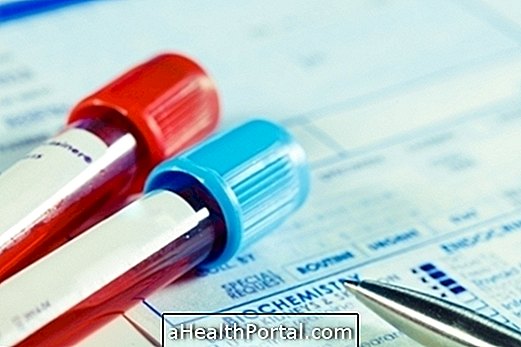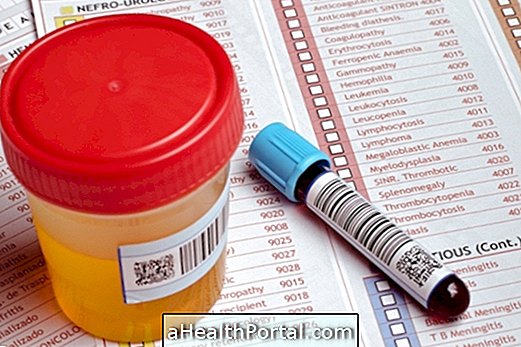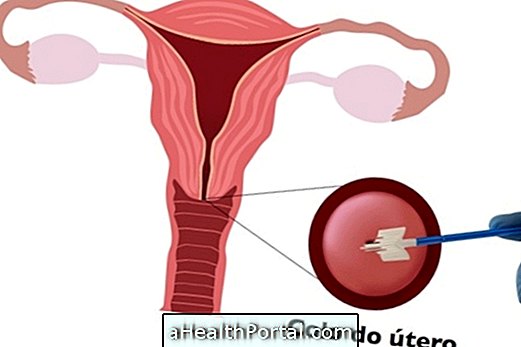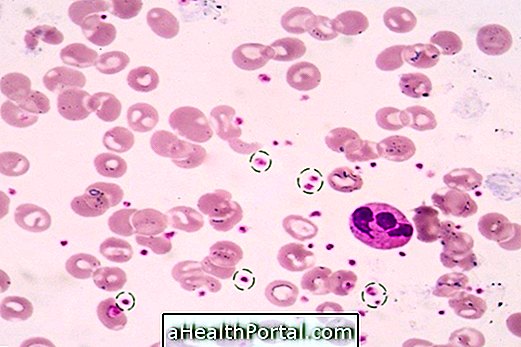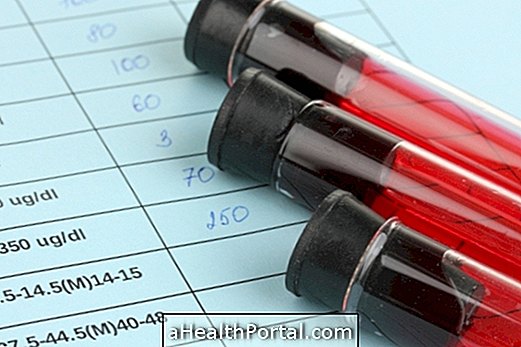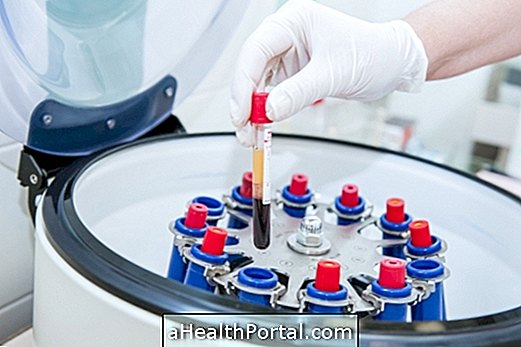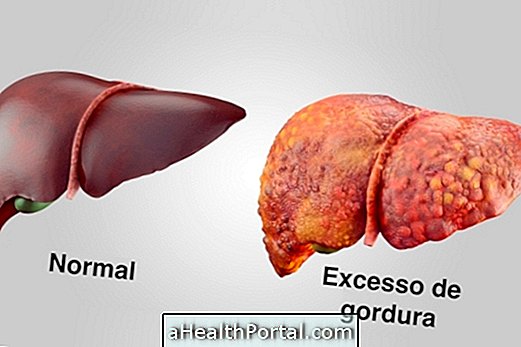Upper endoscopy is an examination in which a thin tube, called an endoscope, is inserted through the mouth into the stomach to allow observation of the walls of organs such as the esophagus, the stomach, and the beginning of the intestine. Thus, it is a test used to try to identify a cause for some abdominal discomfort that lasts a long time, with symptoms such as pain, nausea, vomiting, burning, reflux or difficulty swallowing, for example.
Some of the diseases that can be identified through endoscopy include:
- Gastritis;
- Gastric or duodenal ulcer;
- Hernia de hiato e refluxo.
In addition, during endoscopy it is also possible to perform a biopsy, in which a small piece of the organ is removed and sent for laboratory analysis, aiding in the diagnosis of more serious problems such as H. pylori infection or cancer. See the symptoms of stomach cancer and how to identify a possible H. pylori infection .
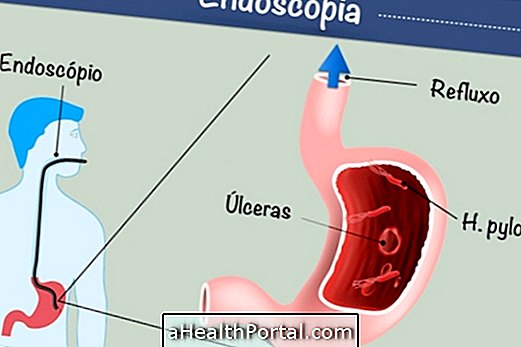
What preparation do you need?
The preparation for the test includes a fasting of at least 8 hours and do not use antacids such as Ranitidine and Omeprazole because they alter the stomach and interfere with the test.
It is allowed to drink water up to 4 hours before the test, and if you need to take other medications, you should use only small sips of water to help, preventing the stomach from filling up.
How is the exam done?
During the examination, the person usually lies on his or her side and puts an anesthetic in the throat to decrease the sensitivity of the site and facilitate the passage of the endoscope. Due to the use of the anesthetic the examination does not hurt, and in some cases sedatives can also be used to make the patient relax and sleep.
A small plastic object is placed in the mouth so that it remains open throughout the procedure, and to facilitate passage of the endoscope and improve visualization, the doctor releases air through the device, which after a few minutes can cause a sensation of stomach full.
Images taken during the examination can be recorded, and during the same procedure the doctor can remove polyps, collect biopsy material, or apply medications on the spot.
How long does endoscopy last?
The examination usually lasts from 5 to 30 minutes, but it is usually advised to stay in the clinic for observation for 30 to 60 minutes when the effects of anesthetics pass.
It is common for the throat to become numb or slightly sore, in addition to the feeling of sputtering, due to the air placed in the stomach during the examination.
If sedatives have been used, it is advised not to drive or operate heavy machinery for the remainder of the day, as the medication decreases body reflexes.
Possible risks of endoscopy
Complications associated with endoscopy are rare and occur mainly after longer procedures, such as removal of polyps.
In general, the complications that occur are usually due to allergies to medications used and the presence of problems in the lungs or heart, in addition to perforation of some internal organ and bleeding.
If symptoms of fever, swallowing, abdominal pain, vomiting or dark stools appear after the procedure, seek medical help to check for complications due to endoscopy.
